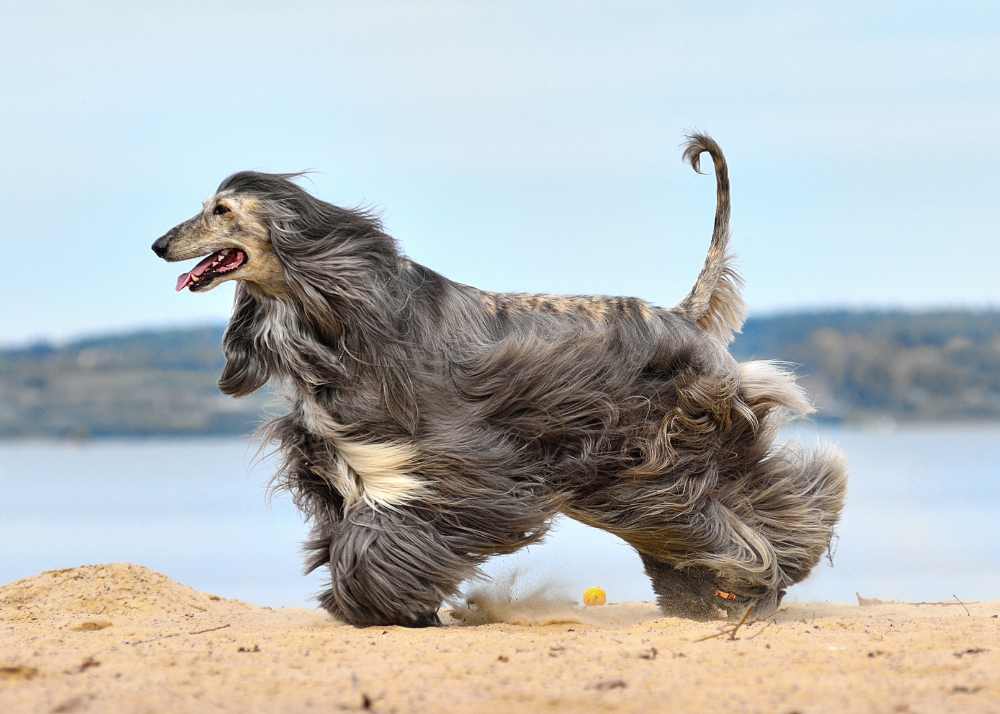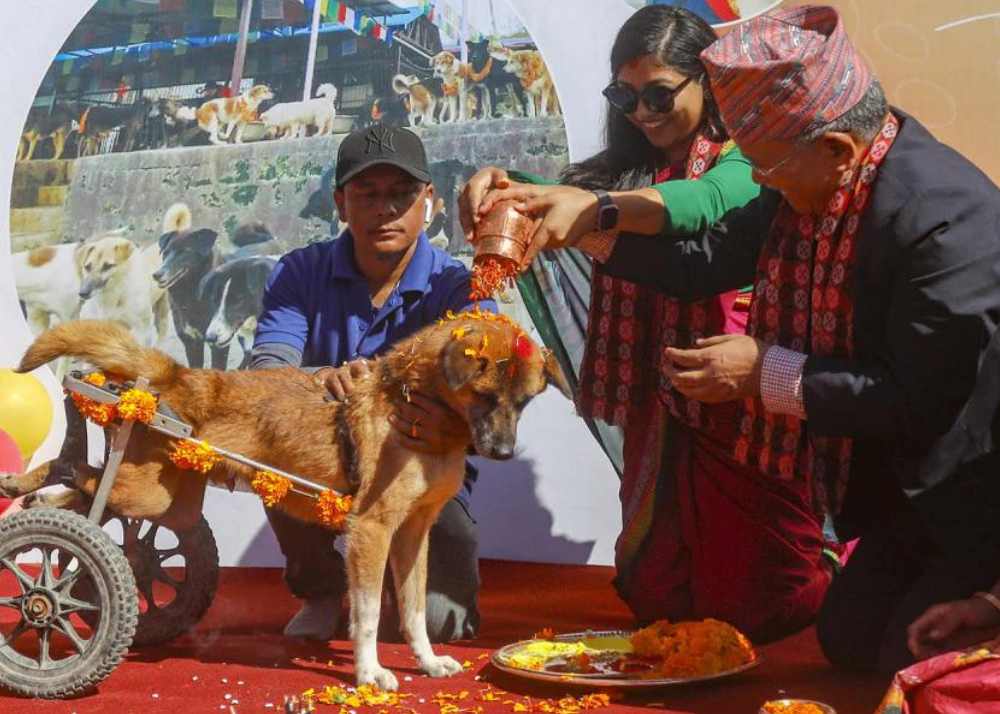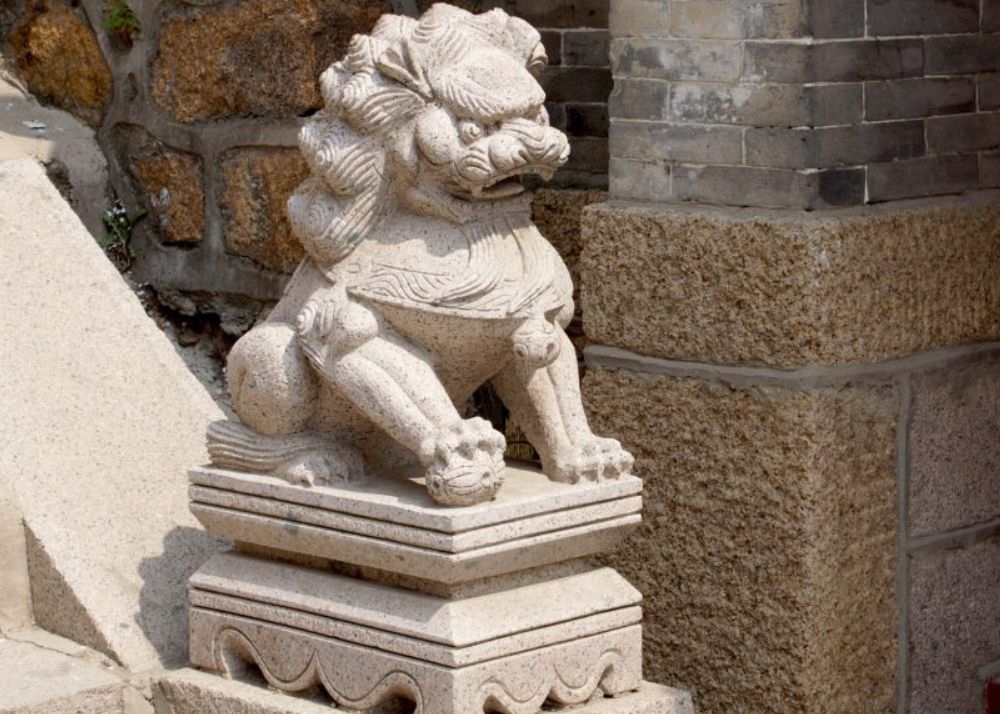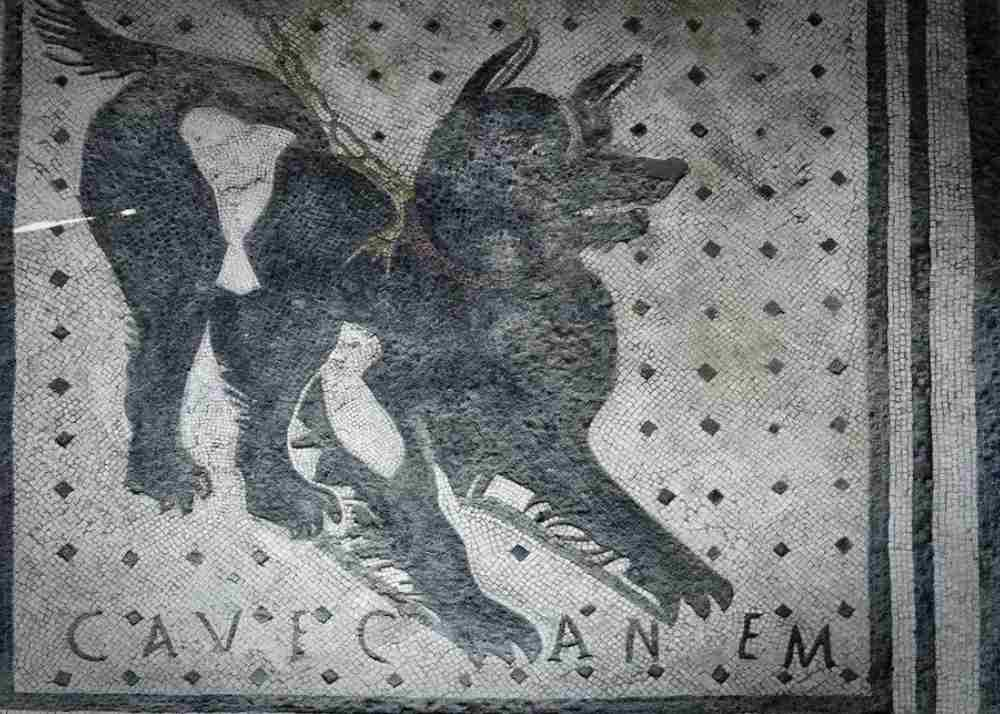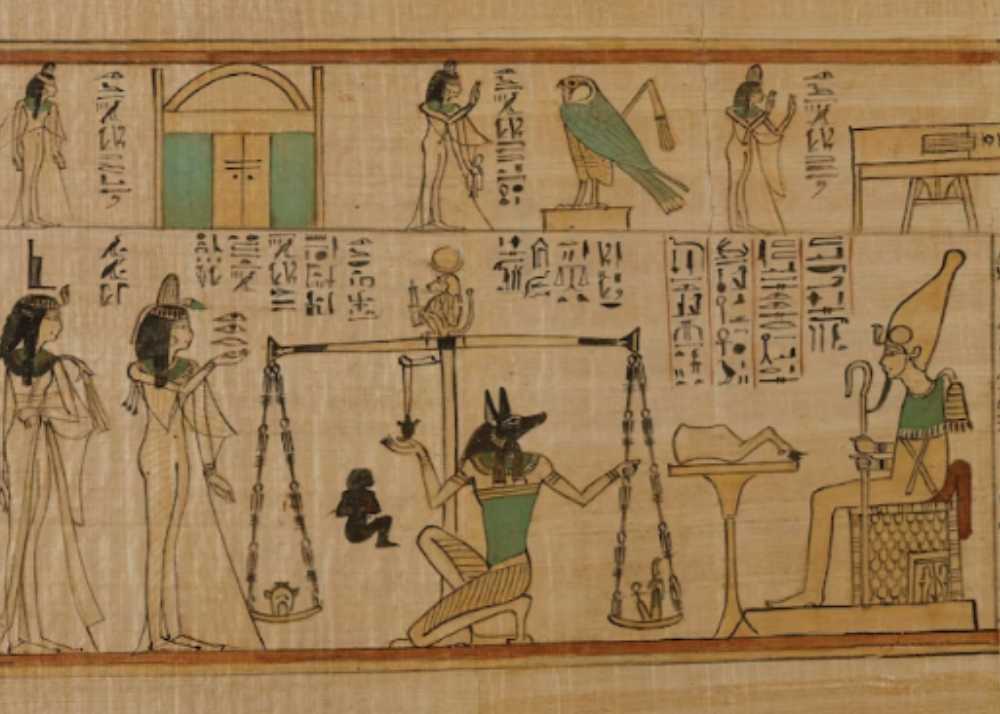Wouldn’t it have been magical to witness the first instance a dog trusted a human? You’d need a time machine, but you don’t have to step inside to go back in time to examine how dogs were important to ancient civilizations.
It’s thought that humans have cultivated a relationship with canines since the first domestication of dogs by humans more than 30,000 years ago. Establishing loyalty with and dependence upon humans was the first step toward developing a deep bond. Over time, dogs became less wild and more willing to assist humans with various tasks in work and daily life.
How Dogs Were Beloved in Ancient Civilizations
Dogs have served many roles for humans: hunter, tracker, protector, guard, warrior, defender, herder, and beloved companion. Countless ancient civilizations have revered dogs as part of their religious beliefs, literature, and way of life. Explore the significance of dogs in ancient civilizations to learn how these dogs enhanced the lives of their human companions.
The Kathmandu Post
Nepal, Kukur Tihar
Mongolia and Nepal are considered a few places in the world where humans domesticated dogs first. It’s no wonder that dogs play an important role in their religion and literature. The Hindu god of death, Yama, guards the door of hell. Nepalese believe that by befriending dogs and showering them with kindness and treats, the dogs will help guard them against torture.
Every year on the second day of Diwali, Nepalese celebrate Kukur Tihar, also called the Day of the Dogs Festival. All dogs receive a marigold garland and treats such as meats, cheese, and dog food. Workshops, seminars, art displays, and educational programs help to spread animal population awareness and canine appreciation.
The elegant yet tough nomad: The Afghan Hound
Afghan Hounds are one of the most recognizable and arguably the most glamorous dog breeds thanks to their flowing, silky hair, long muzzles, and narrow frame. However, there is more to an Afghan Hound than just its stunning looks.
You might not picture their flowing locks and sharp muzzles on their lean bodies perched on a rocky ledge, but Afghan hounds were once prized for their incredible noses and speed. The Afghan Hound's history dates back to ancient times in the mountainous regions of Afghanistan and Persia including Pakistan and northern India. Revered for their beauty and hunting prowess, local nomadic tribes utilized these sighthounds’ natural abilities to chase down prey, such as wolves, quail, jackals, hares, and antelope while navigating treacherous terrain. Tribal members would also hunt with hawks alongside Afghan Hounds.
Ancient China: Beloved companions with hearts like lions
Most of us are familiar with the Year of the Dog in the Chinese Zodiac, but have you looked into the details? The Dog is the 11th sign associated with Earth and Autumn. It’s said that people born in the Year of the Dog are honest, active, and warm-hearted. These people are also protective, faithful, and willing to go above and beyond, not unlike their canine companions.
Archaeologists think domesticated dogs appeared around 9,000 years ago in various areas of China and Mongolia. While dogs in Ancient China were used for guarding, herding, and hunting, they were also memorialized in their legends and religious practices spanning several centuries and dynasties.
Fu dog, the Chinese guardian lion. Qianshan National Park, Anshan, Liaoning Province, China.
“Shih Tzu” translates into “lion dog,” and it’s easy to see why when you meet a Shih Tzu. These lively, bold, and tiny dogs found favor as companions for the imperial families of the Ming and Qing dynasties. They were so small that they fit into ladies’ sleeves, receiving the name “sleeve dogs,” and were happy spending hours cuddling with their royal owners. These courageous dogs alerted everyone to potential “dangers” thinking they were big guard dogs in tiny bodies and brought laughter and joy to the palace halls.
The Chinese Shar-pei originated in the Tai Li village area around 200 BCE and is a unique-looking dog breed of ancient China. The name “Shar-Pei” loosely translates to “sand skin” due to their bristly, harsh short coats that can feel like sandpaper to the touch. These wrinkly-skinned dogs were used to guard the palace and defend the royal family from any attacks or threats and were also bred to be hunters, herders, fighters, and guardians. It was believed that a Chinese Shar Pei’s blue-black tongue and fierce bark warded off evil spirits.
Ancient Greece and Rome
Both Ancient Greeks and Romans cherished and revered dogs as part of their rich history. Dogs are prevalent in both their mythologies, perhaps the most famous being Cerberus from Greek Mythology. He was the three-headed dog of Hades who guarded the gates to the underworld and was finally captured by Heracles. Artemis, the goddess of wisdom and the hunt, kept a pack of seven hunting dogs thought to be Molossian and Laconian hounds. Dogs also served as beloved companions and guard dogs of the home, such as the dog memorialized in a Pompeii tile floor entrance.
"Cave Canem," Pompeii Mosaic, AD 79
From pets to fighting dogs, the Romans classified all dogs into three categories at one point: Villaticil, Celere, and Pugnaces. Villaticil guarded farms and homes, Celere hunted animals, and Pugnaces attacked and fought. A particular member of the Pugnaces was the Canix pugnax, also referred to as the Roman Molossian or “The War Dog of the Roman Legions,” the precursor to breeds like the Neapolitan Mastiff and the Cane Corso. These dogs were so courageous and fierce that they fought animals in the Colosseum wearing large, spiked collars. They also rode into battle and fought alongside Roman soldiers. In quiet times or when on the move, Canix pugnax guarded goods and livestock from predators and thieves.
In addition to Mastiffs, the Maltese and the Rottweiler have interesting Roman connections as well, two completely different dog breeds. The products of various spaniels and terriers, little white dogs known as Canis Melitae or Melitan thrived on the island of Malta. Their popularity as ratters and loyal companions spread throughout the world. Ancient Egypt and Greece both have ties to the Maltese dog breed because their presence delighted everyone, from Roman emperors to pharaohs to plebeians. Rottweilers got their names from the red tile of Roman villas from “das Rote Wil” which means “red tile.” These dogs helped guard legions over and through dangerous mountain passes while eventually serving as butchers’ helpers.
Anubis in the Book of the Dead, Egypt
Ancient Egypt: Guiding the Dead
Based on careful study of artifacts and artwork, archaeologists have determined there were seven types of ancient dog breeds that still exist today in ancient Egypt: the Greyhound, the Whippet, the Saluki, the Basenji, the Pharaoh, the Ibizan, and the Molossian. These dogs most likely came from North Africa and Greece and mixed with local canines. Dogs were also known as one of two types of dogs: Tesem for barkless hunting hounds and iwiw for barking dogs.
Dogs in Ancient Egypt were not only prized for their hunting abilities and companionship but also for their religious significance. Anubis, the god of the Dead, was portrayed with the head of a dog-jackal with the body of a human. He protected the dead on their journey to Osiris and the afterlife. Dogs were mummified and buried alongside their owners with items and relics for the journey into the afterlife.
The Xoloitzcuintli: Aztecs and Maya
The Xoloitzcuintli dog, also known as the Mexican Hairless Dog, is among one of the rarest dog breeds in the world. Worshipped by the Aztec and Maya, the Xoloitzcuintli is thought to be over 3,500 years old. Its name comes from the Aztec god of lightning and death (Xolotl) and the word itzcuintli (dog).
Aztecs and Maya believed the dog of Xolotl guarded the living and guided deceased souls through the Underworld, Mictlán. Thanks to a distinctive jaw that lacks premolars and the custom of burying these dogs in small ceramic vessels, archaeologists can decipher the importance of Xoloitzcuintli to the Aztec and Maya. As a companion, Xoloitzcuintli dogs are great watchdogs and loving with their people.
Scams are Ancient History at Pawrade
If you’ve been a victim of a puppy scam in the past, you may be wary of searching online for “puppies for sale near me.” How can you know which opportunities to trust and which ones are scams?
Pawrade has removed all the worry and second-guessing with our seamless, secure pet adoption process using a transaction management platform, PetPay. We match pawesome parents like you looking for puppies for sale that are covered under a comprehensive health guarantee and come with a contract, health records, 30 days of MetLife insurance, and more. Thousands of happy customers can attest to our impeccable customer service as we help you navigate the process.
We’d love to help not being a puppy owner be ancient history for you! Contact us today to find out more about our puppies for sale.
